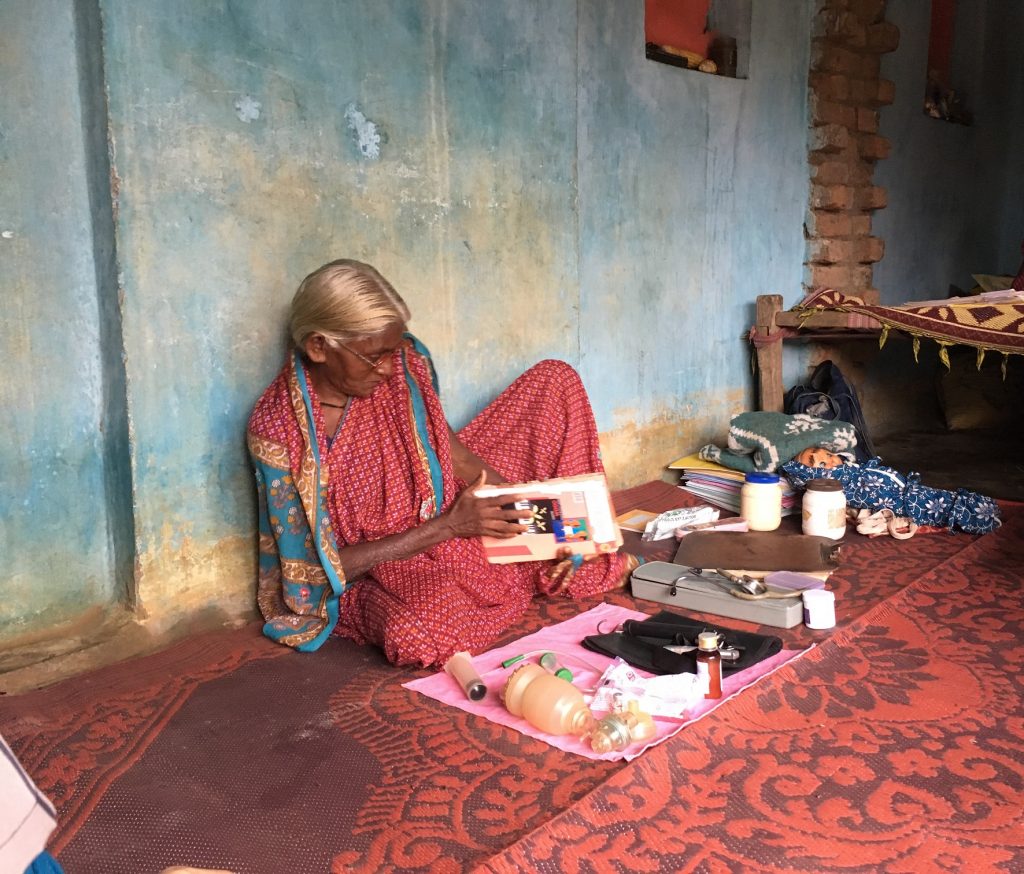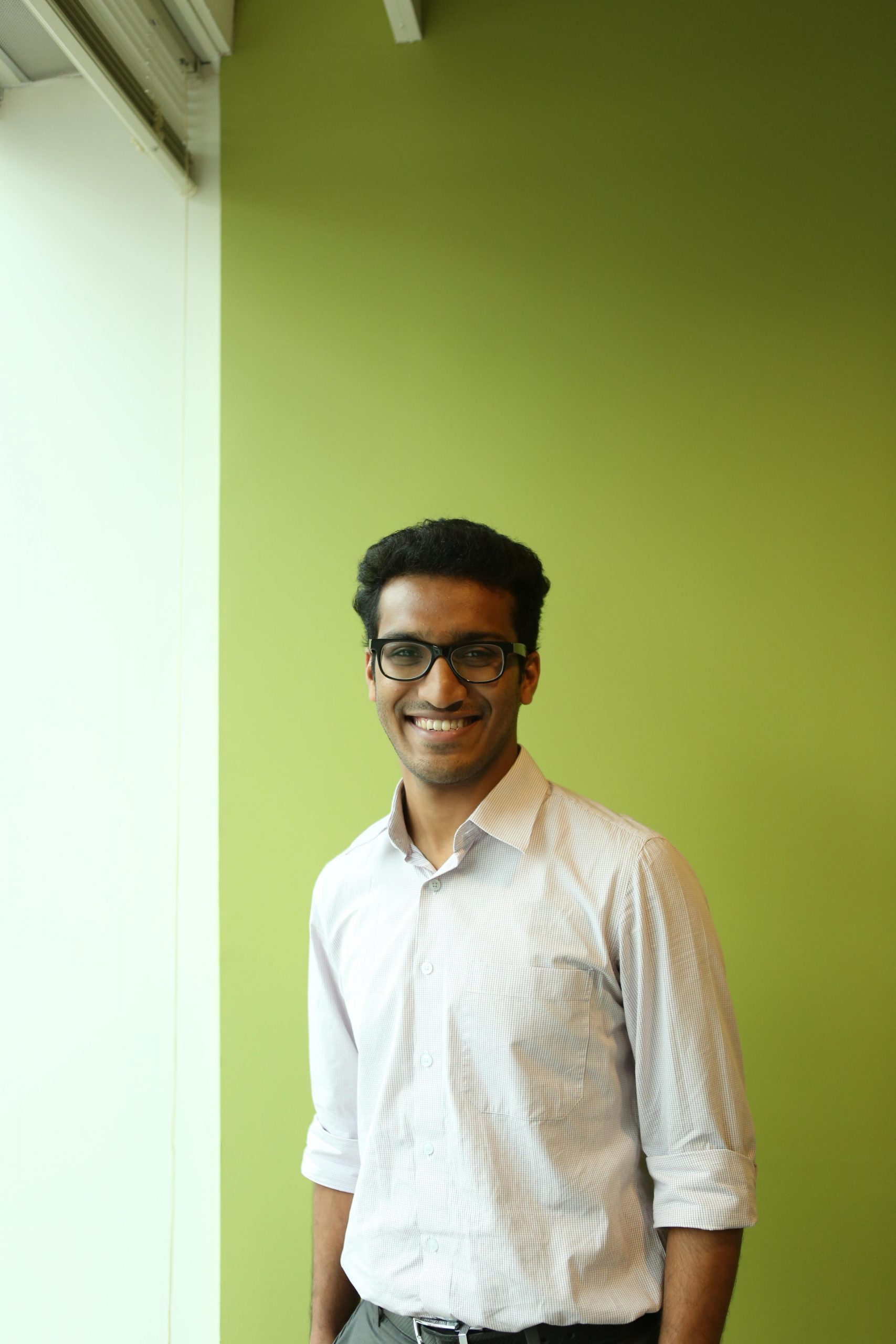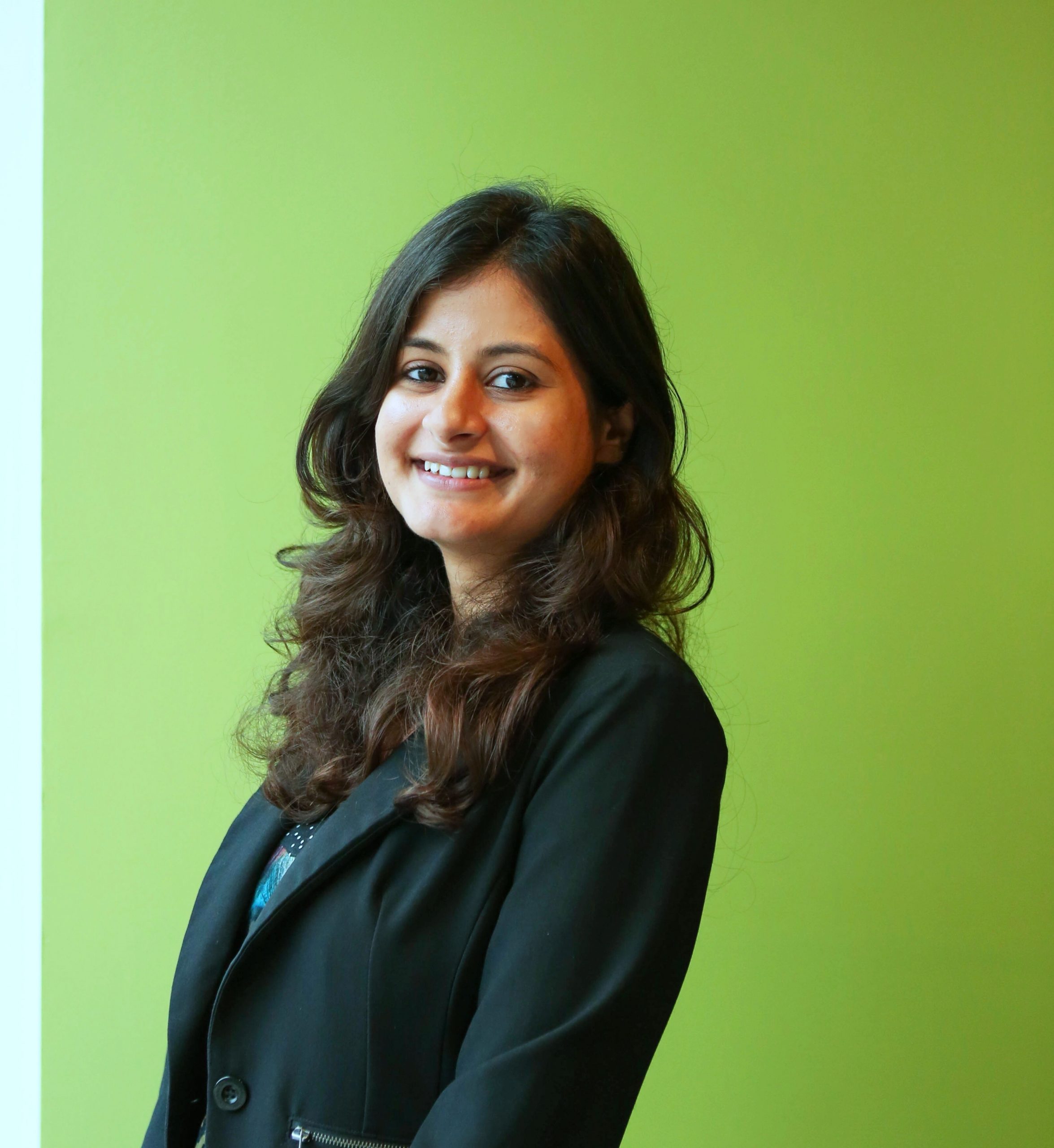Adivasis represent 8.6 percent of the country’s population but account for more than 40 percent of those displaced since independence. They experience the highest rates of poverty, malnutrition, and child mortality; and the lowest literacy rates of any major population group in India. Cultural and social discrimination limits their upward mobility, and because the communities often reside in remote areas, access to critical services and amenities is difficult.
The danger with such an approach is that it fails to push past the symptoms to understand the deep underlying problems.
The struggles of Adivasi communities are often hidden from the public eye, and even when they do receive support, interventions are typically designed and delivered in a top-down, non-participatory manner. The danger with such an approach is that it fails to push past the symptoms to understand the deep underlying problems. As a result, no matter how well-meaning the efforts, they often fail.
During our visits over the past year to Adivasi areas in Gadchiroli and Raigad, we learned both from the communities themselves as well as from the nonprofits working in the region, on what is needed to replace the top-down mindset.

Related article: How development excludes Adivasi peoples
How can interventions incorporate an Adivasi-lens?
Local leadership is critical to driving ownership of social programmes. Gadchiroli has been fortunate to see the rise of local leaders who have been instrumental in implementing key policies. One such leader is Devaji Tofa, who helped his village become the first in the nation to secure forest rights under the Forest Rights Act (FRA).
While leaders like Devaji Tofa and Lalsu Nogoti are harder to find, creating and funding programmes that build the capacity of local youth can increase the sustainability of development interventions, as well as the odds of success.
One such example can be seen in Odisha, where Christian Hospital Bissamcuttack develops young leaders from the Kondh community. Doing so enables the organisation to build relationships with the community, identify aspirations, and conceptualise solutions. Dr John Oomen, deputy medical superintendent, acknowledges, “Before we were frog-marching them towards what we thought they required, and we failed.” Now, the organisation only works on interventions ratified by the community through its leaders.
The challenges that vulnerable communities face tend to be interrelated, and therefore require integrated solutions. For instance, because of the importance of the forest to Adivasi communities, it is impossible to advance livelihoods without addressing land rights. In the same vein, efforts to preserve indigenous cultures become tougher if education initiatives affect the self-esteem and identity of Adivasi children by insisting that students be taught in the state language or in English.

Often, the right approach requires the efforts of various actors to be stitched together to work in tandem. And sometimes—particularly in remote areas—a single actor must wear multiple hats to meet the community’s needs.
Nonprofit Lok Biradari Prakalp started by bringing healthcare to Gadchiroli, but found that it also needed to focus on improving water security, education, and livelihoods. Over the years the organisation has excavated land to create local lakes for alternative sources of drinking water and irrigation, built schools, and helped to sell community-made handicrafts.

A village health worker – Kajubai – elected by the community, and trained by SEARCH. Kasubai provides home-based newborn care in her villages | Photo Courtesy: Anamika Ashish and Varun Behani
Working with the community right from the start, and building their ideas into your programmes is key.“If you want to know how to engage and serve people, simply ask them,” says Dr Abhay Bang, founder of SEARCH. For SEARCH, this sort of collaboration resulted in the creation of a hospital specifically tailored to the needs of Adivasi peoples. Distinctive features include a temple at the hospital’s entrance, and doctors who do not wear white coats (as white signifies death in the communities).
SEARCH also trained local Adivasi women to act as village health workers. This model is credited for drastically reducing infant mortality rates in the region; it has now been replicated in other parts of India by the government as well as in a number of African countries.
Related article: An interview with Lalsu Nogoti
Weak implementation of Adivasi-focused policies, such as FRA and Panchayats Extension to Scheduled Areas Act (PESA), undercuts their effectiveness. To counter this, interventions that focus on influencing systems of local governance and familiarising bureaucrats with the issues of local communities are critical for success. Philanthropic interventions, in particular, should look to strengthen the capacity of community-based institutions to engage with government officials.
For example, Vrikshamitra, a nonprofit working with local leaders in Gadchiroli, successfully advocated to establish grassroots democracy–enabling gram sabhas to exercise their authority to conduct Adivasi business, as well as provide recommendations to various government departments.
Moving forward
Successful programmes empower a community by valuing its voice and respecting its choices. Bringing an ‘Adivasi lens’ to initiatives, and recognising people’s capacity to chart their own pathways, can make a big difference in the success of a programme.
For nonprofits and philanthropists, the work being done in Gadchiroli—and what communities have been able to achieve for themselves, with the help of some coordinated support—remains testament to the power and need for a lens of equity and inclusion, and provides a guiding answer to the often-asked question: “What does development mean?”
*Cora Daniels, Editorial Director at The Bridgespan Group, contributed to this article.





